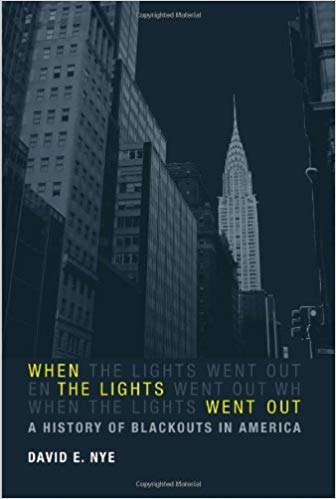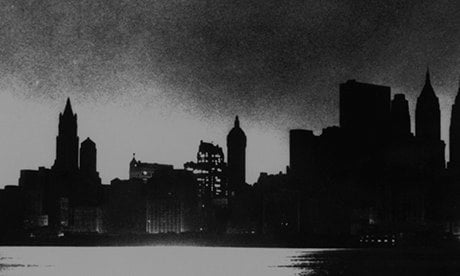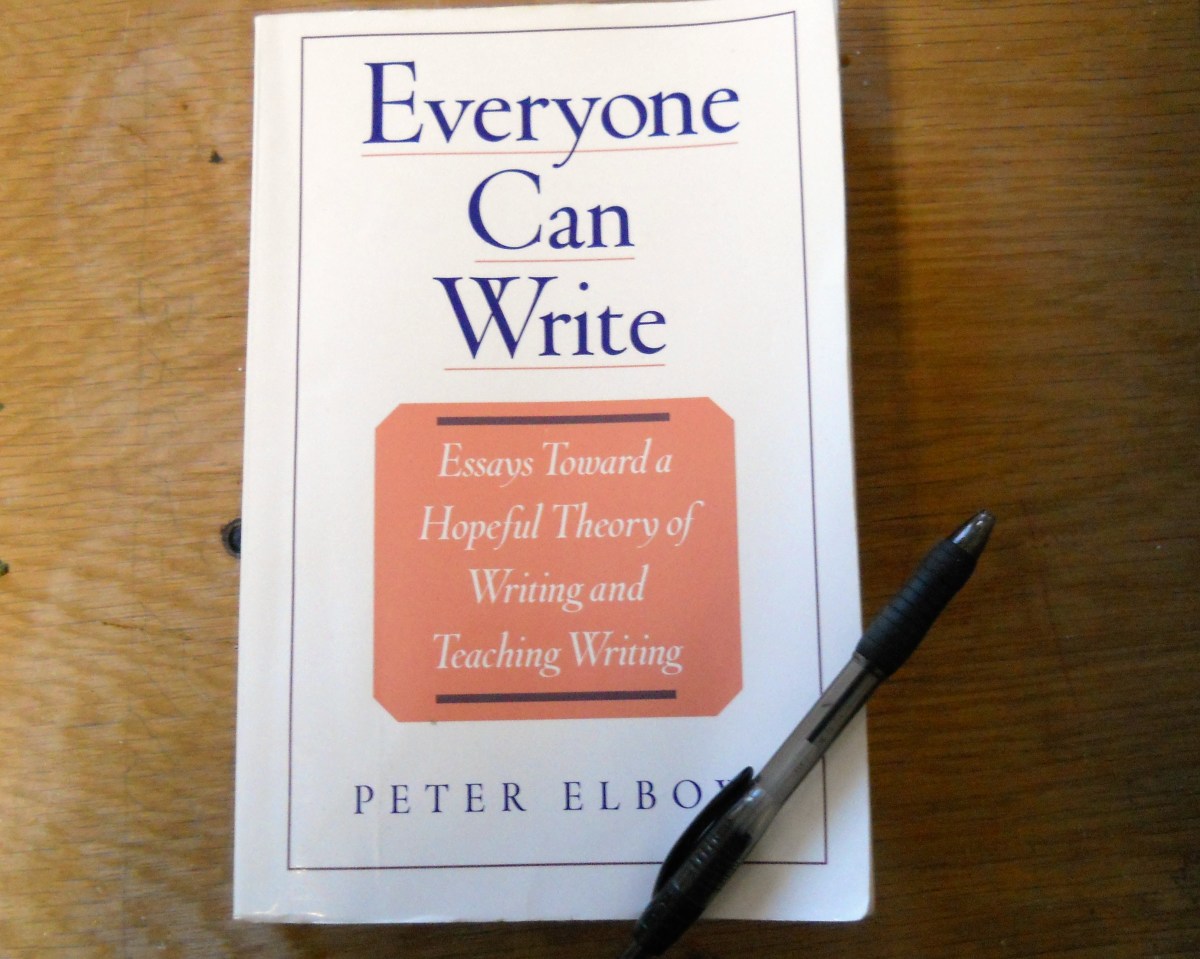When the Lights Went out Book Review

Most of us are thoroughly used, indeed, nigh incapable of imaging doing without, to the benefits of electrical power. Heating, cooing, cleaning, computers, information, telephones, water, and of course, lighting, all require electrical power, as do a million other applications all around us. Which makes limitations on its use, or its total absent, a rather jarring and unusual occurrence in modern society, something which we are little accustomed to experiencing, a strange intermission between periods of normality. It is in explaining the broader ramifications of power outages that has been written the book When the Lights Went: A History of Blackouts in America, by David E. Nye. This book examines the evolving context of blackouts across time, seeing the ways in which they have altered and impacted broader society.
Chapter 1, "Grid", is actually much more than this, discussing our relationship to electricity, some of its psychological and philosophical aspects, and some of the uses of electricity, such as dramatic lighting in world fairs. This is followed up by discussing technical aspects, as the electrical infrastructure changed from scattered individual power networks to interconnected grids, enabling increasing economies of scale, reliability, and huge increases in electricity consumption - if also the presence of wide-scale blackouts, which can have tremendous social implications.
In Chapter 2, "War", this carefully developed and self-panegyric perception was dramatically altered with the converse need to attempt to control lighting, so as to prevent vulnerability to aerial bombardment during night-time bombing. This in fact, is where the term "blackout" comes from, referring to the intentional disabling of a large amount of electric lighting. Widespread drills took place in America, Britain, and Germany, with varying success, but during the war itself the American blackouts quickly became principally a way to conserve energy. These blackouts represented state control over the population. Conversely, another major blackout during and after this period came in the form of union strikes against coal supplies, plunging cities intermittently into darkness but also encouraging a shift to oil and natural gas which broke coal mining unions.

The return to normalcy takes place in Chapter 3, "Accident", where a discussion of the dramatically expanding range of electrical uses is undertaken, as well as the cultural and societal ramifications of this. Electricity became an increasingly standard, normal, and required part of life, as compared to earlier times when memories of a pre-electric age still existed. Thus when the lights went out, as they did in New York in 1965, it was a dramatic event, one which completely changed around the lived experience and reality of the city. In 1965, it was met with social mingling, shared fortitude, and peace, demonstrating one of the responses to the temporary end of technological wonderland, although other events would be very different indeed...
This was further illustrated in Chapter 4, "Crisis", where 1977 New York experienced the same blackout - this time, with dramatically altered events, as the city burst in some of its quarters into rioting, violence, and social disorder. The author goes about trying to explain how he thought this was sparked differently, caused both by a general feeling of social malaise and decline, but also by the introduction of air condition which meant that when power went out on a hot day, the effect was much more dramatic, as he notes for effectively preventing big modern office buildings from working. Air conditioning would have incredible effects on electricity usage, both in scale, timing, and upon urban environments, and power was starting to reach its limitations for future efficiency gains, resulting in rising electricity prices for the first time. Although power was brought back on for New York, the electricity company would continue to be heavily critiqued for its poor maintenance and management which had led to the event.
For if the crisis was solved, other problems reared their heads, which takes place in Chapter 5, "Rolling Blackouts", which looks at the impact of an energy policy which from the 1980s onward led to a growing disruption to electrical power supply. Deregulation was supposed to provide for lower prices for consumers, but unlike in other sectors of the economy, there were important structural obstacles to deregulation for the power supply, and this, combined with opposition by the public to the necessary infrastructure of power generation, and constantly expanding demand, meant that power had to be throttled sometimes to consumers. The result, were rolling blackouts, particularly in California but also elsewhere.
Another worry for the general public finds its representation in Chapter 6, "Terror". There have been a surprising number of films and novels produced concerning terrorist attacks on the electricity grid, demonstrating a public concern for the danger this represents to their comfortable lives, although the worst fears of social collapse have rarely come true in their fullest forms. When power outages happened after the 9/11 attacks, the result was greater fear of terrorist action, spurred on by media figures imagining mass coordinated terrorist attacks. In response to this, a wide variety of plans to improve safety of the power grid have been mooted. The most danger form of attack on the power grid would be a nuclear EMP strike, running the risk of destroying an entire power grid across nearly a continent.
But even if terrorists do not destroy ouf electrical grid, the need to respond to a dramatically changing world and resources may force its alteration, something noted upon in Chapter 7, "Greenout?", covering various environmental attempts to cut power usage, such as dimming lights or putting them out at certain times of day. This has been a world wide trend, because of and in response to our current utter dependence on electrical power. Accompanying this has been decentralization and off-the-grid living. The book stresses the need to undertake a real change in the way we use energy, to attempt to solve the increasingly pressing ecological factors looking at us, and to find a way of life which is more contemplative and slow than the electricity age has foisted upon us.
There is no conclusion.
Despite, or perhaps because of the eccentric nature of the subject, I think that "When the Lights Went out: A History of Blackouts in America prevents a fascinating and important perspective on the reasons behind, and the broader relevance, of blackouts. Blackouts can express themselves for many different reasons, and this is well presented in the book, married with what the meaning is of these different blackouts. Indeed, this can be an obvious element, but the distinct differences in meaning between a military blackout, brownout, greenout, and a "regular" blackout are ones which have an important effect. At times, this book can verge on the pedantic - it is after all, once the concept receives the slightest thought, patently obvious that the military blackouts of WW2 were inherently a very different kettle of fish in comparison to later blackouts, and the author's attempt to make them look as creating dramatically differing responses to the same problem runs amok of the fact that it is patently obvious that they were not the same phenomenon at all. But still, different blackouts command dramatically different responses, something that bears restating.
This is why my favorite section from it is the part which is devoted to the New York 1965 blackout, showing the transformative effects which this had upon the city, the sense of the breaking down of barriers and the social distance. Here, instead of panic, there was a feeling of solidarity and inclusion, instead of chaos there was orderly acceptance of the affair, and the boundaries and normal divisions of life quickly fell apart. A brief moment of utopia, before the power was restored - and then the old rigid lines of society were restored.
Similarly although this book is mostly written from the perspective of the social sciences or at least places its focus there, I do admire the technical perspectives whcih are present, which can be particularly seen in regards to the chapter upon brownouts, noting the difficulties which electrical deregulation encountered in attempting to reduce costs - unlike other fields, electrical power was not something which responded well to deregulation. While other books are doubtless better to cover the purely technical aspects of a black out, there is sufficient information which is found within this one in order to provide for a good grounding (pun intended...?) on the reader's part.
The main critique which I would level of this book is that it sometimes lacks in detail for certain blackouts, particularly the 1977 New York Blackout, the counterpart to the 1965 New York Blackout. Here, the book is content to merely write a general zeitgeist of the times as high fuel prices and economic problems, and to hence conclude that this was the reason behind why the response was so dramatically different to the 1965 Blackout, and to look at it in rather limited detail. In fact, all of the blackouts themselves in the book other than the 1965 blackout are covered in rather limited detail: the book is very good about describing the surrounding elements about blackouts but significantly less about the actual events.
Another aspect is the final conclusion, which delves into strange ecological concerns writing about Americans embracing a more contemplative and less materialistic existence. Whether this is correct or not, it seems something unlikely to happen and an intermission of the author's own views into a text which is otherwise scrupulously neutral.
As a whole, it makes for a fascinating and good read, one which is well rounded, constructed, and provides a new perspective on an event which doubtless many of us have experienced, but few of us have set down the time to think about for their broader relevance and impact. It is one which is sure to give any reader a different view on power outages, both historically and in the present.
© 2019 Ryan Thomas









